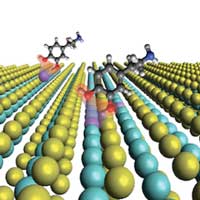 A supersensitive dopamine detector can help in the early diagnosis of several disorders that result in too much or too little dopamine.
A supersensitive dopamine detector can help in the early diagnosis of several disorders that result in too much or too little dopamine.
Friday, August 7, 2020
Highly sensitive dopamine detector uses single-atom doped 2D materials
 A supersensitive dopamine detector can help in the early diagnosis of several disorders that result in too much or too little dopamine.
A supersensitive dopamine detector can help in the early diagnosis of several disorders that result in too much or too little dopamine.
Materials science researchers develop first electrically injected laser
 The diode laser uses semiconducting material germanium tin and could improve micro-processing speed and efficiency at much lower costs.
The diode laser uses semiconducting material germanium tin and could improve micro-processing speed and efficiency at much lower costs.
Layer of nanoparticles could improve LED performance and lifetime
 Adding a layer of nanoparticles to LED designs could help them produce more light for the same energy, and also increase their lifetime.
Adding a layer of nanoparticles to LED designs could help them produce more light for the same energy, and also increase their lifetime.
Reading sequence of metal atoms in MOFs allows encoding of multiple chemical functions
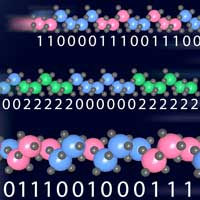 Researchers showed that atom probe tomography can be used to read a complex spatial arrangement of metal ions in multivariate metal-organic frameworks.
Researchers showed that atom probe tomography can be used to read a complex spatial arrangement of metal ions in multivariate metal-organic frameworks.
Epirubicin-loaded nanomedicines beat immune checkpoint blockade resistance in glioblastoma
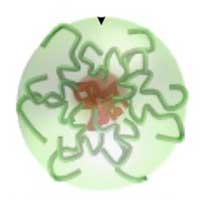 Researchers successfully developed a nanomedicine-based strategy for chemo-immunotherapy of glioblastoma, which has the worst prognosis among brain tumors.
Researchers successfully developed a nanomedicine-based strategy for chemo-immunotherapy of glioblastoma, which has the worst prognosis among brain tumors.
A titanate nanowire mask that can eliminate pathogens
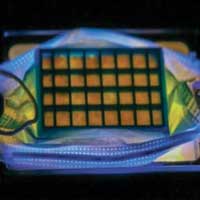 Filter 'paper' made from titanium oxide nanowires is capable of trapping pathogens and destroying them with light. This discovery could be put to use in personal protective equipment, as well as in ventilation and air conditioning systems.
Filter 'paper' made from titanium oxide nanowires is capable of trapping pathogens and destroying them with light. This discovery could be put to use in personal protective equipment, as well as in ventilation and air conditioning systems.
Probing interactions between MOFs and freestanding enzymes
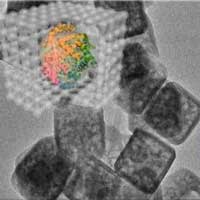 Researchers found that the freestanding enzyme has less chemical interaction with ZIF-8 than a confined enzyme, and fluorescence study indicates that the freestanding enzyme has lower structural confinement.
Researchers found that the freestanding enzyme has less chemical interaction with ZIF-8 than a confined enzyme, and fluorescence study indicates that the freestanding enzyme has lower structural confinement.
Subscribe to:
Comments (Atom)
